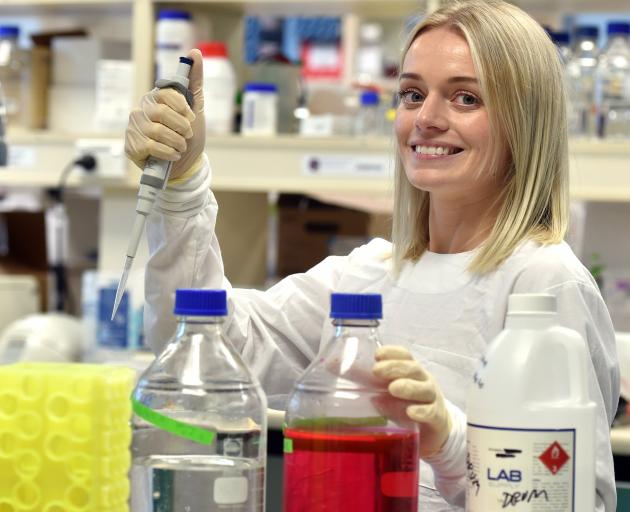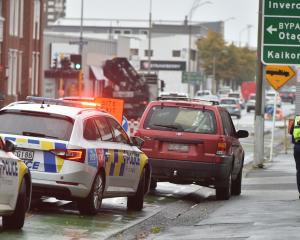
Software analysis used to locate similar genomes in the international database could help to determine any gaps in New Zealand’s border protection, Dr Geoghegan said.
But it was difficult to say how long this could take.
Early analysis suggested that this variant, B.1.1.7, also known as the "UK variant", was more closely related to overseas
cases, but those results remained "very preliminary", Dr Geoghegan said yesterday.
There were gaps in the sequencing internationally as most countries were only sequencing a fraction of cases.
"In New Zealand we try to sequence every case we have, but most countries overseas don’t," Dr Geoghegan said.
It was important to remember scientists still did not know where Auckland’s August outbreak came from, and it was possible they would never know, she said.
And while the variant did contain a few mutations that were likely increasing the rate of transmission, any variant of the virus in the community in New Zealand was a concern, she said.
"The biggest driver of virus spread is a population that doesn’t have any immunity, which is basically all of New Zealand," Dr Geoghegan said.
"Even if it wasn’t the B.1.1.7 variant it would still be as concerning and I think the same measures would be taking place."











